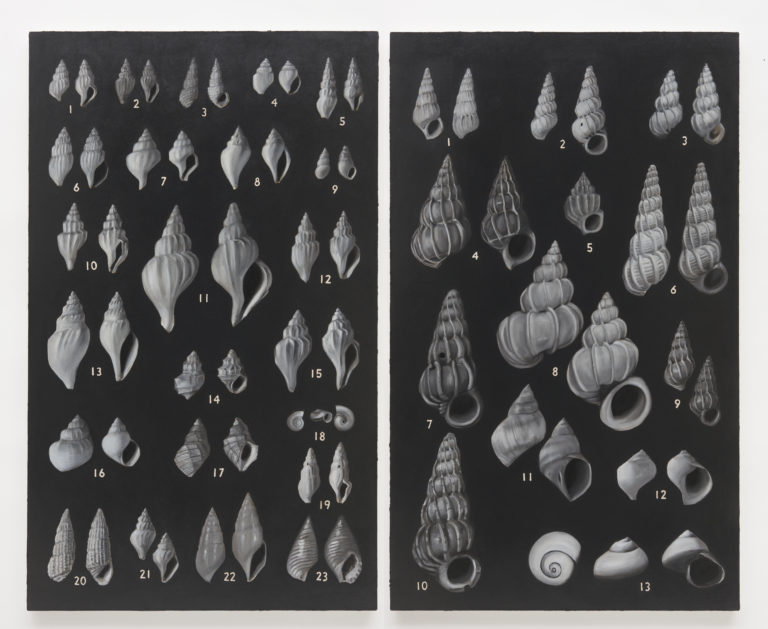Like so many other shows that opened in March – my show at Tibor had a short run as it was shuttered early on as New York entered the ‘pause’.
Below is a short video and the press release —
Attending to Particulars Virtual Walkthrough – Tibor de Nagy Gallery, Spring 2020 from J Mazza on Vimeo.
Attention consists of suspending our thought, leaving it detached, empty and ready to be penetrated by the object.
–Simone Weil
All right, y’all pushing, you’re pushing, you’re pushing. Just relax, relax. You’re pushing it. It will go up by itself. Don’t put nothing in it unless you feel it.
—Nina Simone
It is a task to come to see the world as it is.
—Iris Murdoch
Tibor de Nagy is pleased to present, Jen Mazza Attention to Particulars, an exhibition of recent paintings. This will be Mazza’s third exhibition at the gallery and her fist since 2015.
“Attention is rewarded by a knowledge of reality” writes novelist Iris Murdoch. Mazza sees the task of painting as continual expelling of oneself from the matter at hand; a surrender of intention in favor of attention. There is a truth revealing faculty to attention, it rewards us with the knowledge of other people and the world, not as we would wish them into existence, compel them to be for our own use and purposes but as independent of our will, posing themselves as obstacles resistant to our control. Mazza is inspired by Murdoch’s thought that artists enact just this form of attention, and works of art, in turn, help us to learn how to pay better attention to the world. This is a show about how we look at artworks, how we look at objects, and how we look at ourselves and other people.
What unites the paintings in this show, beyond a neutral palette of chromatic greys, is the mode of attention paid to the objects represented. These paintings are all doing what Simone Weil describes above, attending to an object, and in doing so they pose a question: What is an object? And, moreover, what objects are appropriate now as subjects for painting? The muted color palette seems important for having this meditative attention”there is nothing that commands the eye beyond the object itself. Of the ten paintings in the show, the largest is of an array of numbers, ranging from 0 to 255, and is a reproduction of one of many data images sent back to Earth from the 1969 Mariner 6 and 7 mission to Mars. Numbers appear again in a large painting of shells. Another painting takes form from a poem by Alice Notley, the text excised but all of the punctuation left intact; a fragmented interior is visible through the holes cut through the page. Six oil paintings of Etruscan Mirrors focus on the gaze, three of which depict the reflective side, each marred with an inscription made upon the death of the owner to literally ‘stop the gaze.’ The other three slightly larger mirror paintings show the decorated reverse of the mirror in which multiple figures are engaged in mutual regard.
Mazza was caught by a comment made by the artist Kadar Attia last fall in dialog with the philosopher Souleymane Bachir Diagne at Columbia University. Attia said “we have lost the notion of us.” Murdoch thought both art and love de-center the self, “gazing is the master image” she writes. Mazza believes that what we seek to see is hidden in plain sight, so careful attention is needed to slow and complicate how we look. These paintings, of literal mirrors and of objects constituted otherwise (by classification, by excision, and objects constituted between works by constellation) aim to regain that lost notion, the notion of us, by attending to objects. Changing the present requires taking up the materials of our past differently, reappropriating them towards the formulation of a new manner of reflecting on who we are.
